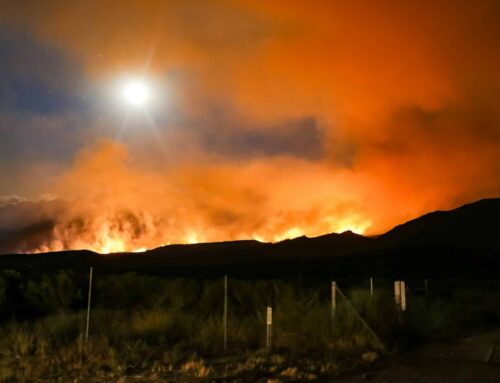An AP investigation released yesterday found that in the gulf region alone, there are approximately 27,000 abandoned wells lying underwater. Officials estimate that of the 10,500 active wells, and 3,500 temporarily abandoned wells in the gulf, the oil and gas industry will spend roughly $3 billion to properly seal every well.
But that may only spell the beginning of the costs. While little information has been provided on the potential cost to taxpayers for these Gulf sites, abandoned wells are always a risky prospect for taxpayers. Abandoned onshore oil and gas wells are an enormous liability for taxpayers and these offshore sites could take a similar path. According to a federal official, no financial guarantees are required to assure repairs will be paid in full by the company if they are needed. The lack of a financial guarantee has the potential to create substantial taxpayer losses.
The first abandoned Gulf wells date back to 1940 and there are a growing number of concerns that the casing used to seal each well has been deteriorating. Current regulations call for oil companies to present plans to reuse or permanently plug each abandoned well, but such regulations have been circumvented for years. BP, the company now tasked with sealing the current underwater well eruption that has been spewing out oil since April 20, has approximately 600 abandoned wells in the region.
According to the report, the Minerals Management Service has routinely relied on paperwork presented to them rather than actually inspecting the job – a familiar practice that has led to the current environmental and economic catastrophe in the gulf. Both industry and government officials “presume” that the wells are properly plugged but no one knows the amount of wells that could be leaking in the region or if industry will be held properly accountable.











Get Social